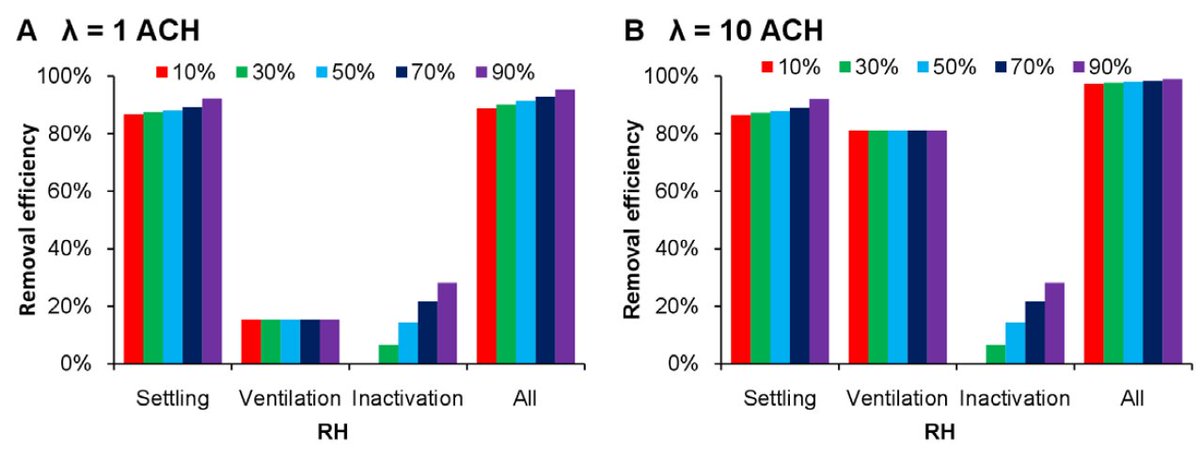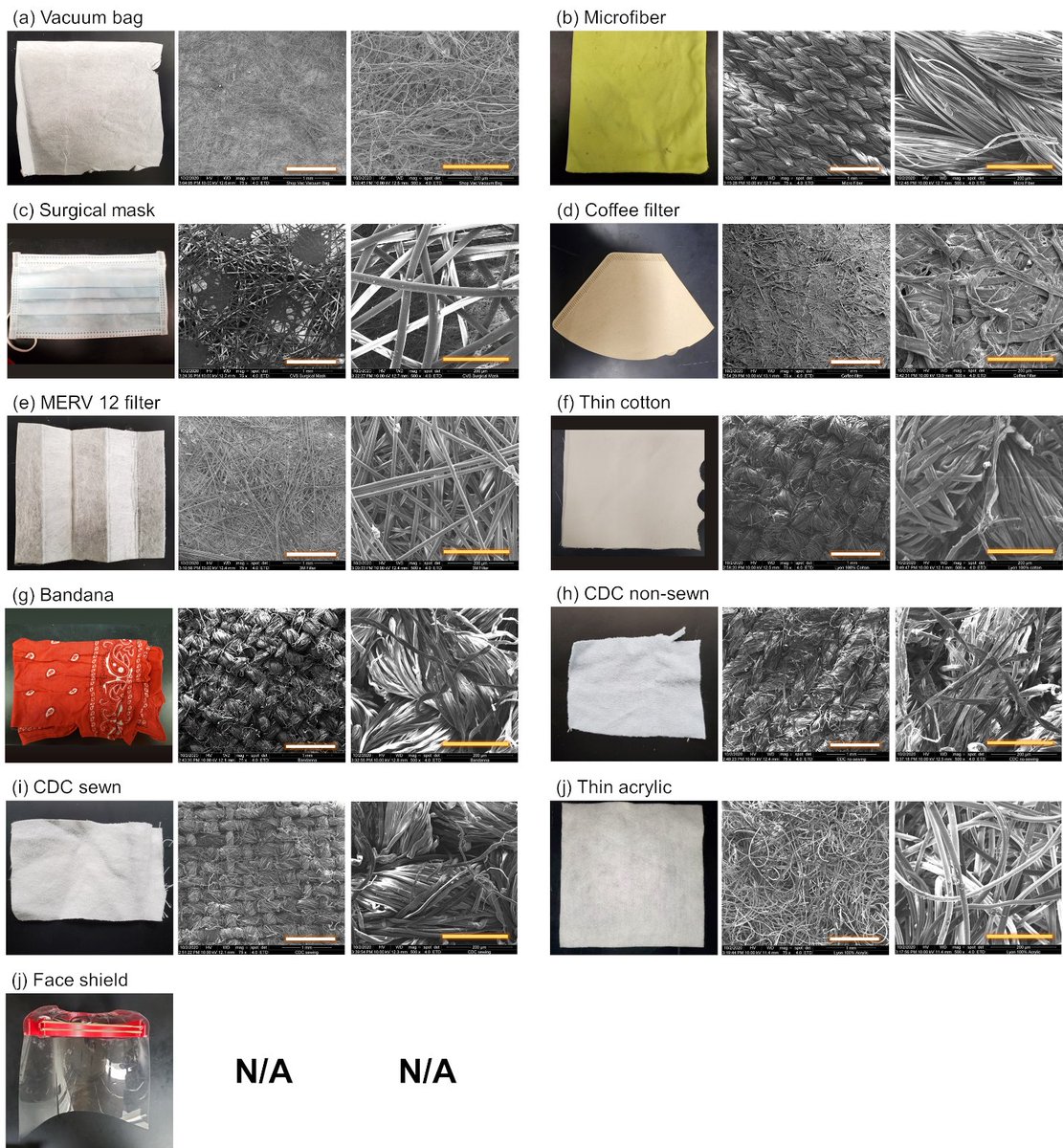
I forgot my cloth mask today, so it was a good day to try a mask brace for my backup surgical-type mask. A 🧵on making it and my impressions of it. /1 

I used the @fixthemask DIY mask brace V2.0. I printed the template, cut it out, and traced it on a rubber sheet, the recommended 1/32" Shore 40A material. /2 

I cut it out carefully with scissors (thanks Twitter for the warning to trim smoothly to reduce the chance of tearing). The top loop goes around your head, the middle peak over your nose, and the bottom loop around your chin. /3 

I tried it on without a mask first. Looks super dorky, so this would not be my first choice of mask. It feels tight (could enlarge the template a little if needed), so it should greatly improve performance of my surgical mask, which was very leaky around the sides. /4 

The brace will get me closer to the material filtration efficiency of this mask (ASTM level 1), going from ~30% to 60% at 0.5 μm and from ~30% to 80% at 1 μm. /5 

Verdict: Very useful. it's tiny and lightweight, so I'll keep it with my backup surgical mask. Good for backup but I wouldn't want to wear it all day. Also, I need to upgrade to an ASTM level 2 surgical mask, as it will filter particles much better than ASTM level 1. /6
• • •
Missing some Tweet in this thread? You can try to
force a refresh









